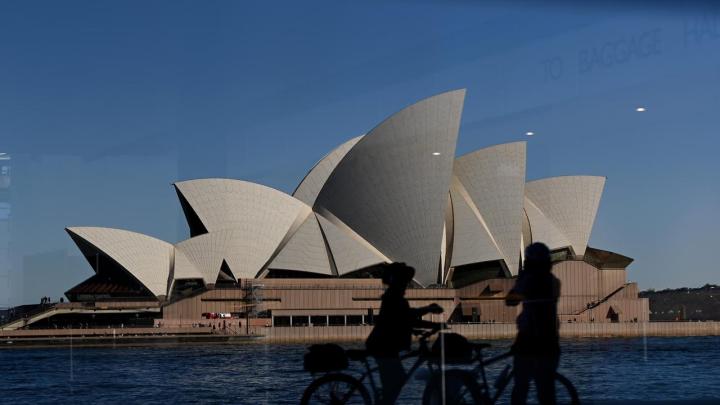
SYDNEY, (Reuters) – Australia employment unexpectedly dipped in December following an outsized gain the month before in a sign the red-hot labour market might be cooling, though the jobless rate stayed near five-decade lows.
Figures from the Australian Bureau of Statistics (ABS) on Thursday showed net employment fell 14,600 in December from November, when it surged by a revised 58,200, and missed forecasts for an increase of 22,500. The market reacted by nudging the Australian dollar down 0.5% to $0.6906 , while three-year bond futures gained 18 ticks to 96.980 to imply an yield of 3.02%.
On the brighter side the jobless rate held at 3.5%, just above the recent 48-year trough of 3.4%, while the participation rate dipped to 66.6% from a record high of 66.8% in November.
Full-time employment remained robust with a rise of 17,600 jobs in December, while total job gains for the 12 months to December stood at a healthy 452,000. “The strong employment growth through 2022, along with high participation and low unemployment, continues to reflect a tight labour market,” said Lauren Ford, head of labour statistics at the ABS.
This resilience is a major reason markets are still inclined to think the Reserve Bank of Australia (RBA) will raise its 3.1% cash rate by another quarter point when it meets next on Feb. 7.
Futures imply around a 60% probability of a rise, but also a 40% chance the RBA will pause given rates have climbed by 300 basis points since May and the full effect on mortgage payments is only just being felt. However, the strength of employment means more people earning and spending, and the demand for labour remains healthy with vacancies at historically high levels.
While all this demand is pushing up wages, the supply of workers is also increasing thanks to the return of migration after Australia’s borders were opened early last year.
ABS data out this week showed net temporary arrivals jumped by 180,000 between July and November, the largest five-month increase on record. This includes those on skilled visas, temporary work visas and students.
The inflow has been so large that the government’s seemingly ambitious target of 235,000 for net migration in 2022/23 now looks likely to be surpassed.
“It represents important progress in the alleviation of labour supply constraints which featured prominently in 2022,” said Ryan Wells, an economist at Westpac.
“Indeed, with the ABS noting that growth in the working-age population surpassed pre-pandemic rates due to the pick-up in immigration, it is encouraging to see this progress already having a material impact.”






